Nadja Abt on combining practices in the visual and literary arts, growing up traveling and exploring the pitfalls of genre.
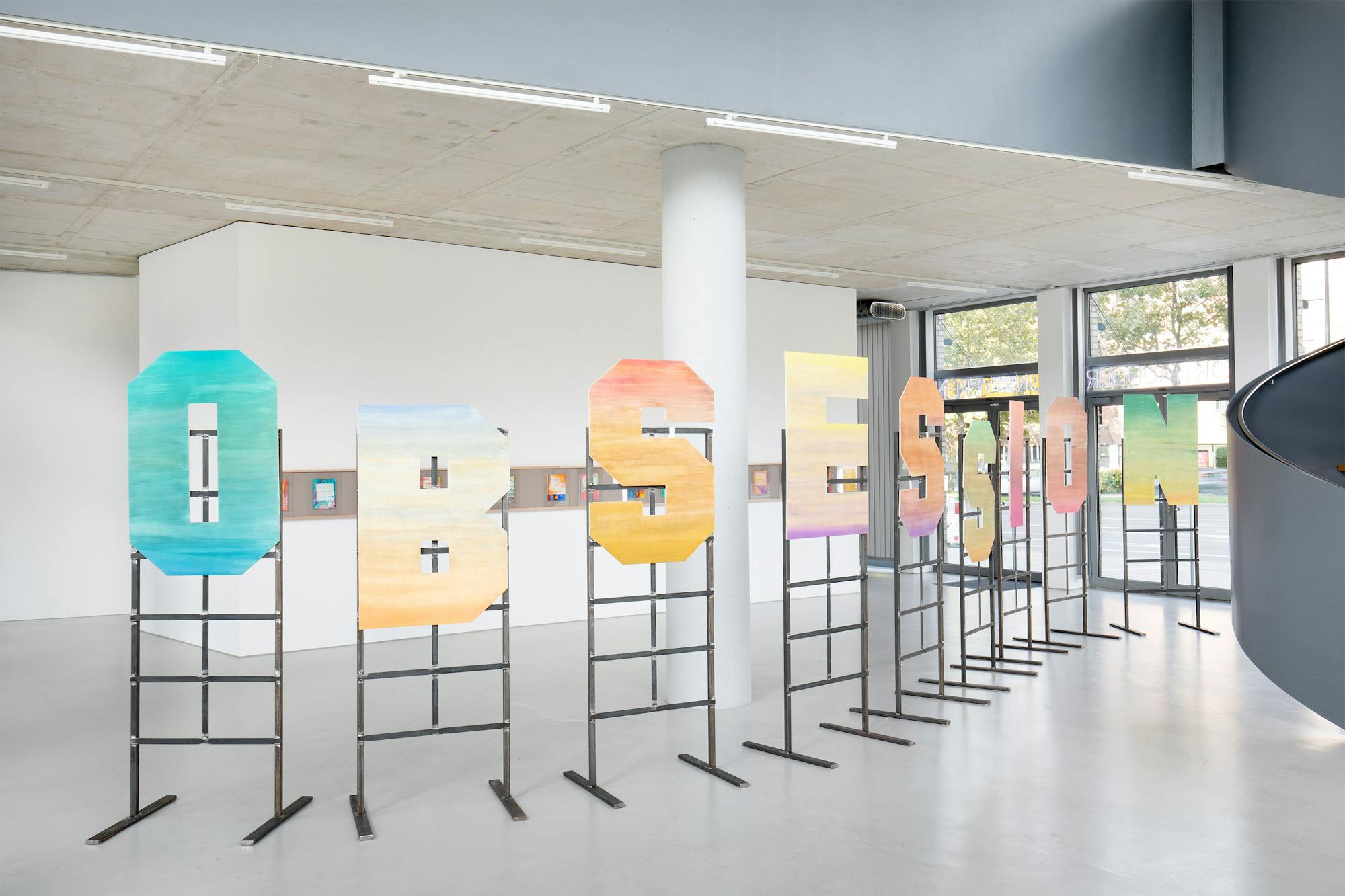
"I have always been feeling at home in parallel worlds"
Kemmler Foundation: Nadja, as an artist, you engage both in visual art as well as literary writing. When did writing fiction enter your life?
Nadja Abt: For as long as I can remember I have always been interested in art, reading novels and writing, basically everything that had to do with feeling at home in parallel worlds. I wrote my first “novel” at the age of 8. It was about a little girl who has to rescue a golden dragon and experiences many adventures in the process. I gave the novel to my school teacher and was very proud. During my literature studies I was more focused on writing term papers, really struggling with the rules of academia. I needed a break and only found access to creative writing again during my years at the art academy, when we formed the artist collective Michelle Volta. For Michelle, we collectively wrote monologues and songs that we performed and recorded.
How do you observe these two parts of your practice influencing each other?
Between 2005-2010 I worked in Berlin theaters as a director`s assistant. I think, my approach to preparing art exhibitions still is informed by this experience. I imagine a setting or a plot for the room. Most of the times, there is a text first and then an idea for the installation. For example, for my last solo show at Coalmine in Winterthur I had this monologue in my head. It was a about “The Cruel Woman” who lives in the cellar to guard the foundation's treasure. Only she knows the secret: that the treasure comes from colonial trade and exploitation –from which she also profited. In the monologue, she is blabbering and is afraid of being caught. The text was based on research into the Swiss Volkart Foundation (in whose basement the exhibition space is located) and its historical connections to the Suhrkamp publishing house. I recorded the monologue with the fantastic Swiss actress Esther Gemsch and it was played over loudspeakers for the entire duration of the exhibition - so that the upper floors of the foundation could also enjoy it. I guess, I am interested in creating stories.
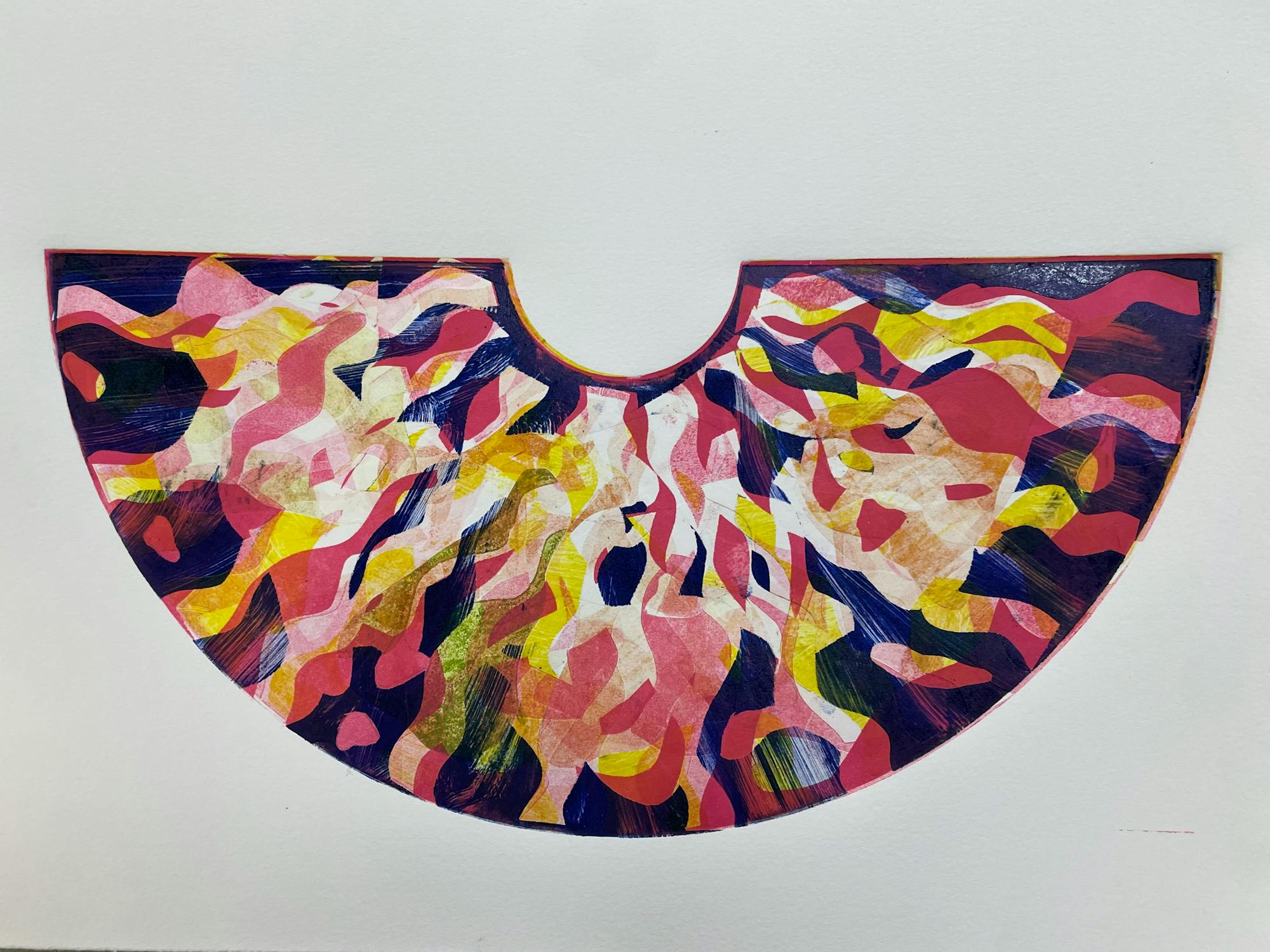
You are working with queer–feminist auto fictional writing. Is there a liberating promise in auto fictional writing and do you feel it is holding up?
For my teaching at art academies, I have used a lot of so called “auto fictional” examples like Eileen Myles, Constance Debré, Deborah Levy, Moyra Davey, Hervé Guibert, David Wojnarowicz and others. Audre Lorde called her novel “Zami: A New Spelling of My Name” a biomythography. Each of these books was very important to me at a certain moment. However, I am somewhat sceptical of attaching a genre or label to writing that is marketed by the literature world as specifically female. As you can tell from the examples I gave, it is also a very Westernized term that is mostly associated with a certain class (white, academic).
To be honest: During my auto fictional writing project “Morning Writings, Midday Paintings” and especially afterwards, I realized how difficult it is to write in one's own subjectivity with the knowledge of one's own privilege and at the same time to lay out “too” much private information publicly in order to create a feminist identification potential. The art work left me with vulnerable mixed feelings – which is a helpful process, too.
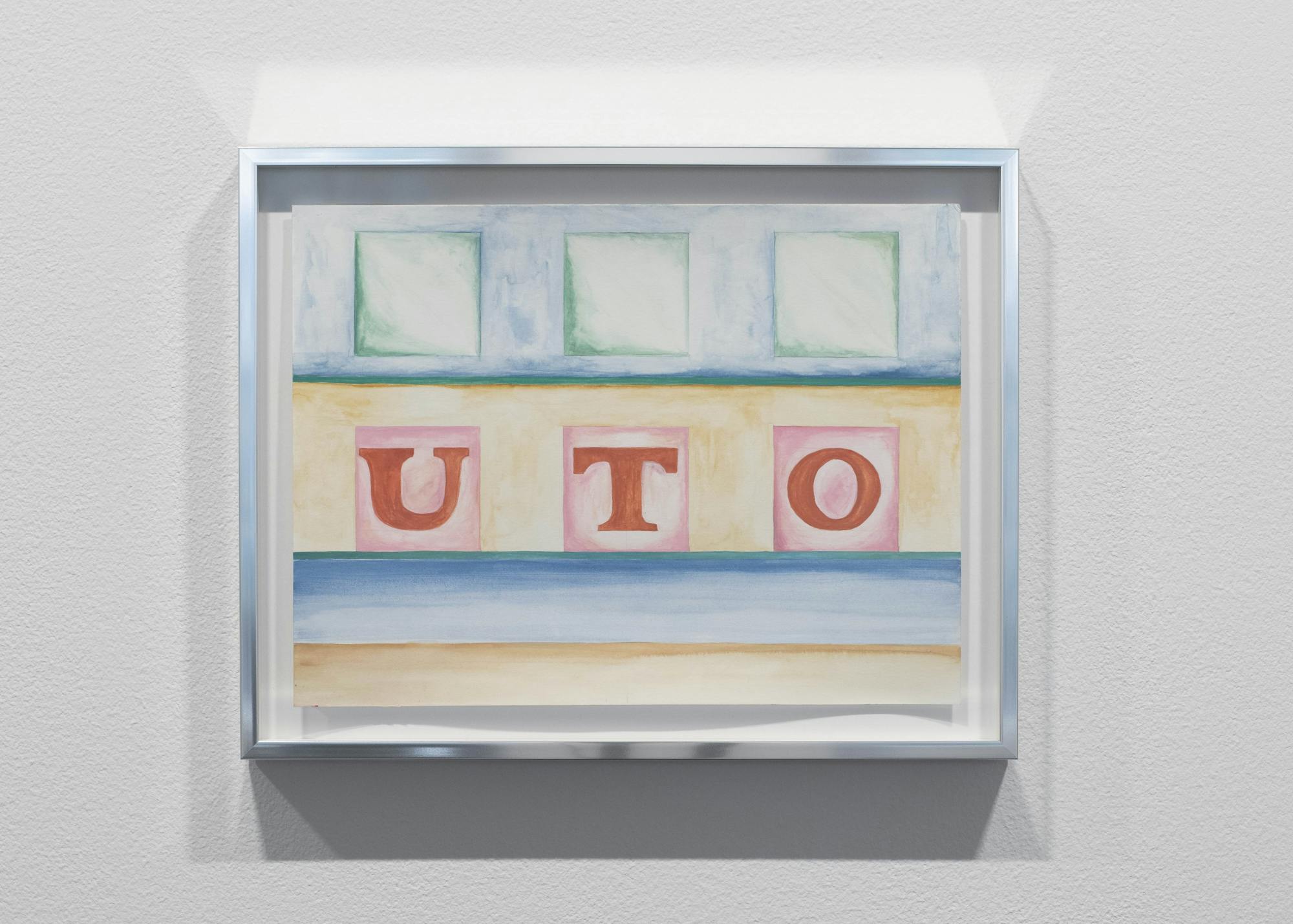
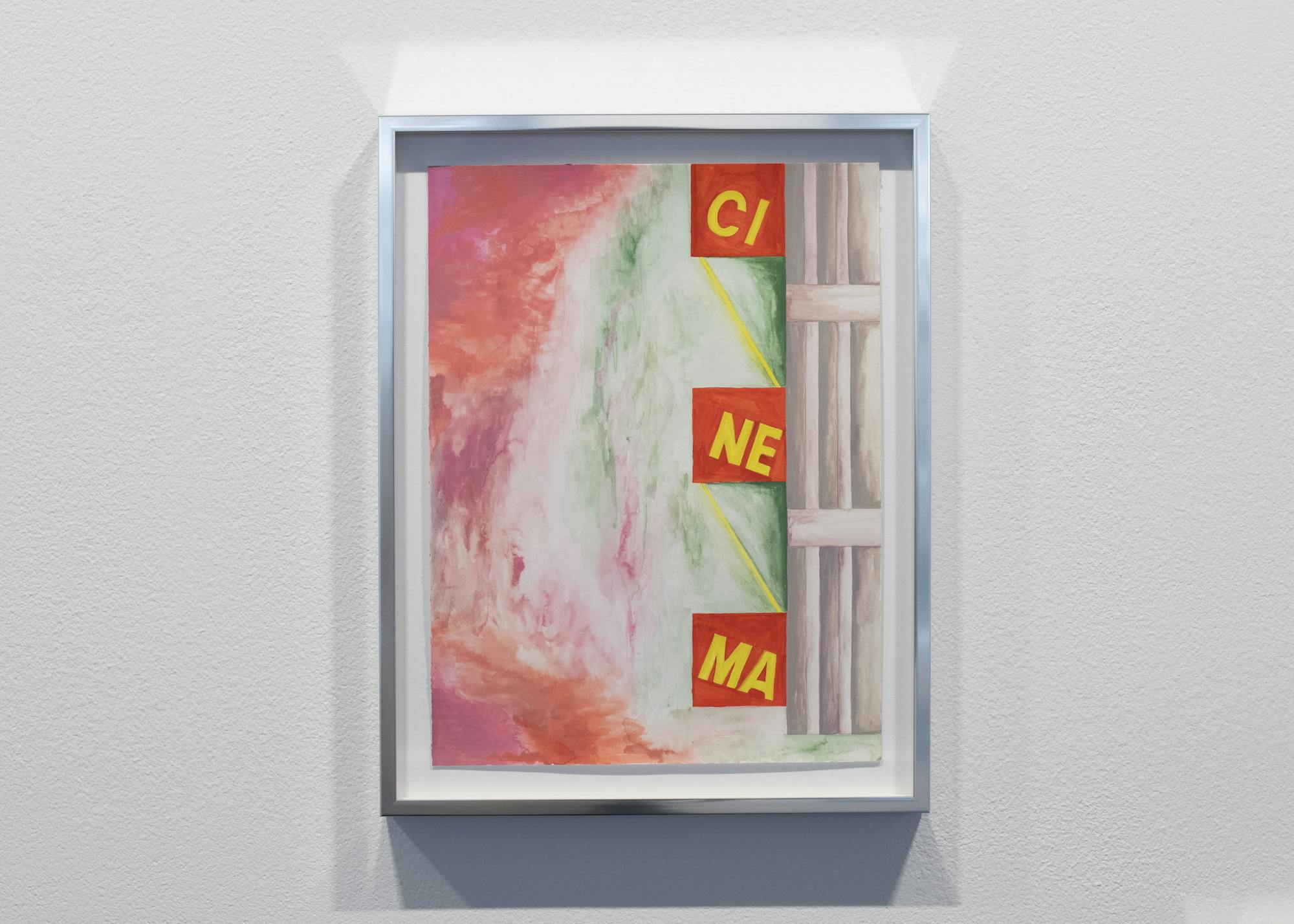
You have been traveling extensively all your life. Crossing oceans and living abroad plays a prominent role in your work.
I grew up traveling, so in a way, it is part of my life. For me, research is not only based on archives, film and literature, but also on site-specific experience and an empathy for the circumstances. For example, being interested in the life at sea, I undertook several research trips on cargo ships. The longest crossing was a three-week container ship voyage across the Atlantic from Hamburg to Santos, Brazil. I also lived and worked in Argentina, Brazil and Portugal for a total of 11 years.
I don`t think that traveling has to be a prerequisite for art making in general. I have certainly learned a lot about art histories beyond the Western canon which has influenced not only my perspective but also the way I use colors and materials. Sometimes I just want to make works that don`t have to also fit in a suitcase.
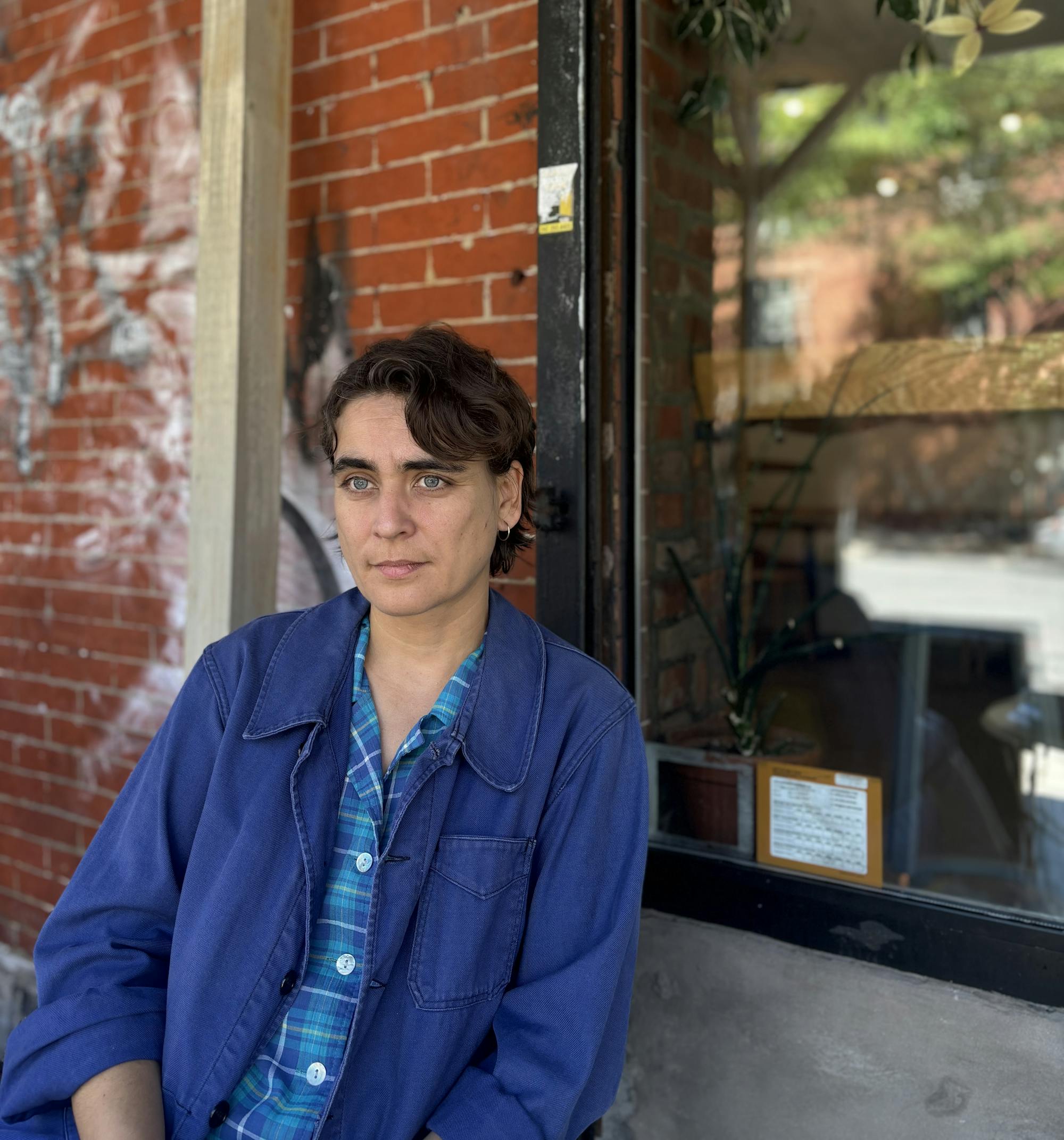
Where do you see yourself vis-a-vis these themes you have grappled with during those years? Is the journey ongoing or do you feel ready to embark on a new adventure?
“Morning Writings, Midday Paintings”is about reflecting on my own practice, precarious working conditions, classism, sexism and the implicated self-doubt. I think it was an important step towards understanding work and life stages better and, above all, to move on. In a way, it actually closed an old chapter and opened a new one. It has just allowed me to experiment more with material and painting. At the moment I'm trying to think more with my hands rather than planning everything in advance, which isn't exactly my biggest strength but is doing me a lot of good at the moment.
Nadja Abt's research for “Morning Writings, Midday Paintings” conducted in New York City in the summer of 2024 was supported by Kemmler Foundation.